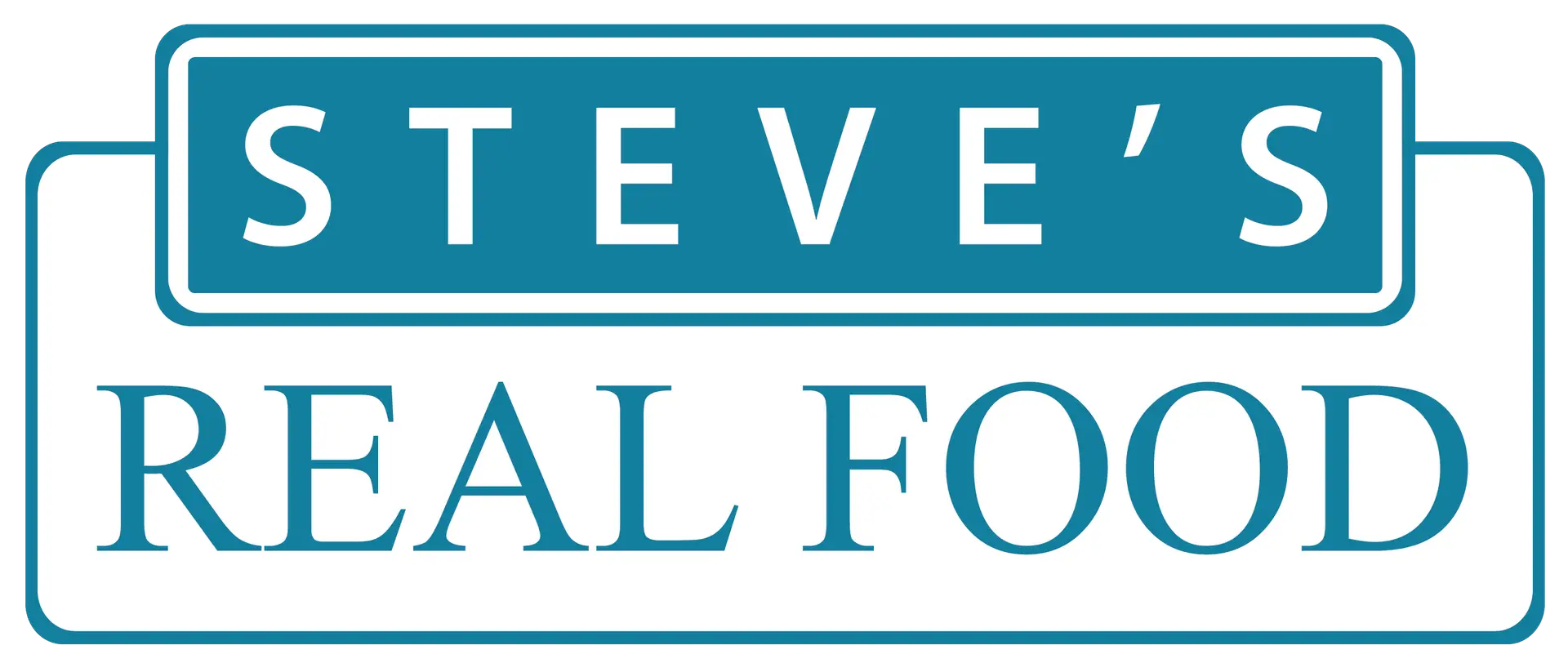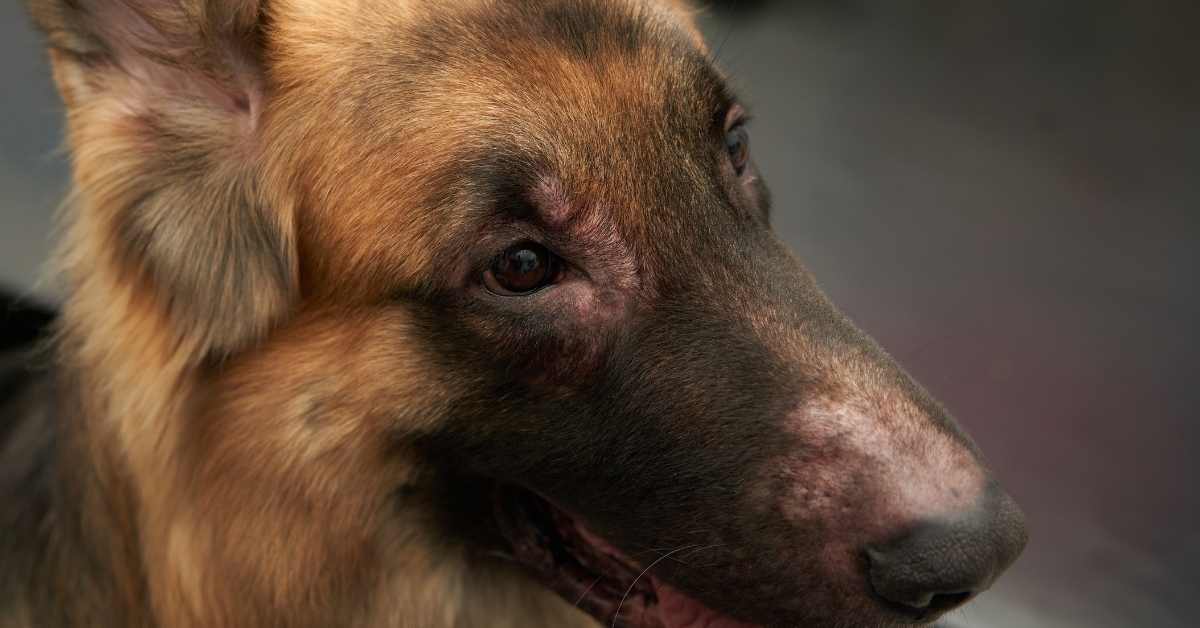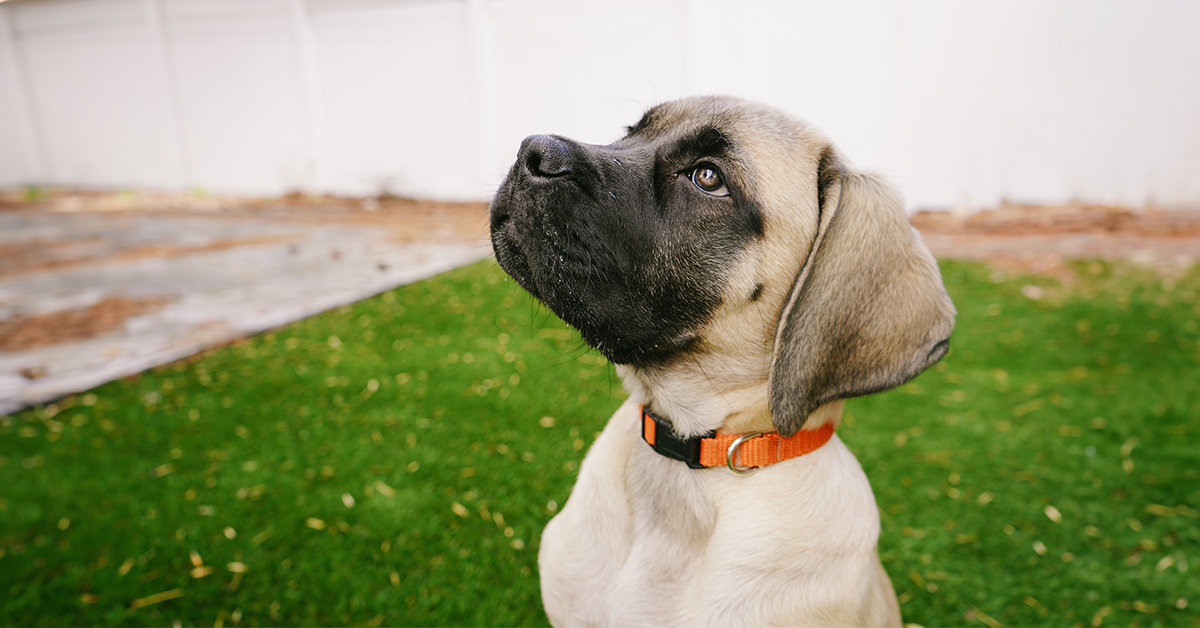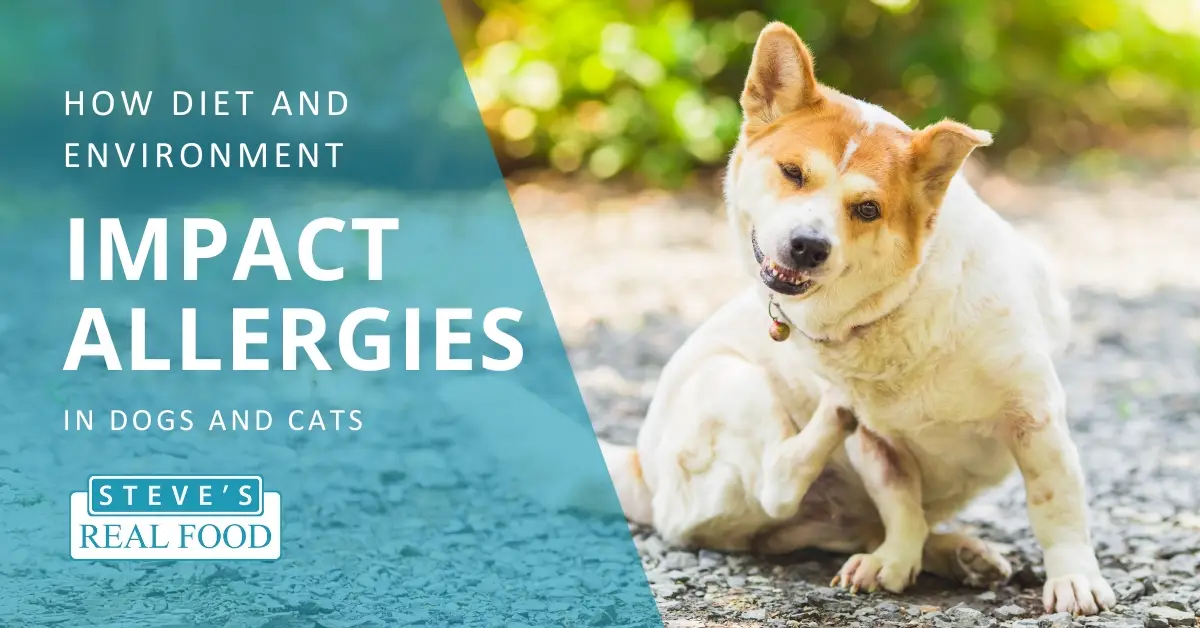Episode 7 – It’s What’s on the Outside That Counts
Let’s face it: we all want to have pretty (or handsome) pets. We all love to see soft, shiny fur on our precious darling cats and dogs. Not only do we like the way pretty fur looks and feels, but we know that it means our pets are healthy and happy too. Skin and coat condition is a great indicator of overall health, and with the excellent bioavailable nutrition raw food provides, your raw-fed pet has everything it needs to be the belle (or gentleman) of the ball—including relief from pesky pests!
Skin and Coat
Cats and dogs can suffer from several skin conditions that are directly related to nutrition, including hot spots, redness, itchiness, yeast overgrowth, and flakiness. Most of these problems are related to excess inflammation or allergic response to something in the environment or the pet’s food. Topical treatments may be able to offer temporary relief, but the only way to truly solve the issue is to treat it from the inside out. It helps to remember that the skin is an organ and it’s just as important to keep it healthy as it is to keep the liver, kidneys, or lungs healthy. Luckily for us, raw food has several problem-solving components in their most natural, bioavailable form: appropriately balanced ratio of omega fatty acids to keep inflammation down, amino acids to support protein function of skin cells, enzymes to help with cellular regeneration, intracellular moisture to ensure the pet has adequate hydration, and food ingredients that are full of vitamins/minerals and don’t typically cause allergic reactions. At Steve’s Real Food, we also add coconut oil to our formulas which has strong allergy-fighting benefits as well as anti-fungal properties to keep yeast at bay.
When your pet is getting all of the bioavailable nutrition it needs to have healthy skin, a healthy coat will follow. Hair grows inside follicles surrounded by layers of skin cells, so when the skin cells are happy and functioning optimally, and when the right nutritional ingredients are within the body, the hair that grows is thick, shiny, and soft. Also, because the follicle is healthy, it holds on to the hair better and shedding is reduced.
Pest Mitigation
As a society, we are so used to treating our pets for pests such as fleas, ticks, and worms, that we often don’t stop to ask why. Why is it such a problem for our domesticated pets when we know that their wild counterparts are rarely overrun with such pests (unless their health is compromised in some way)? There is little available research as to the mechanics of how raw food can help mitigate pest problems, but there are two theories as to why this happens. The first is that an appropriate, natural diet is providing the nutrition and immune support necessary for the pet to ward off any little buggies that might try to snack on them. The second theory has to do with the “tastiness” of the pet. When a dog or cat eats a diet high in starches (like potatoes) or grains (like rice) it can change the chemistry of their blood. In basic terms, it makes the blood “sweeter” and more delicious to biting bugs. The same thing happens with humans as well. Studies show that people who eat foods high in sugar, salt, and alcohol are much more likely to be bitten by mosquitoes and ticks. Though we still don’t have direct evidence of why it is known that diet affects tastiness of the host. As an additional tidbit, cutting down on poo snacking can lessen the possibility that your pet will contract worms whose larvae are commonly found in feces, such as tapeworms. A big reason why many dogs (and even cats) like to snack on the poop of their friends is that there is still undigested food in there and (for reasons unknown to us) it seems tasty to them. A pet who is eating raw food is able to digest and use nearly all of what they eat, so their poop is just waste.
While we can’t promise you’ll never see a flea or tick on a raw-fed pet, we feel confident that you’ll notice a difference in how many of the little guys hang around. However, just because we have some evidence to support this, it doesn’t mean that you should stop giving your pet heartworm medicine or any other medications your vet has prescribed. As always, feeding raw food is a great preventative method, but we cannot claim that it will cure or prevent any infection or disease.
